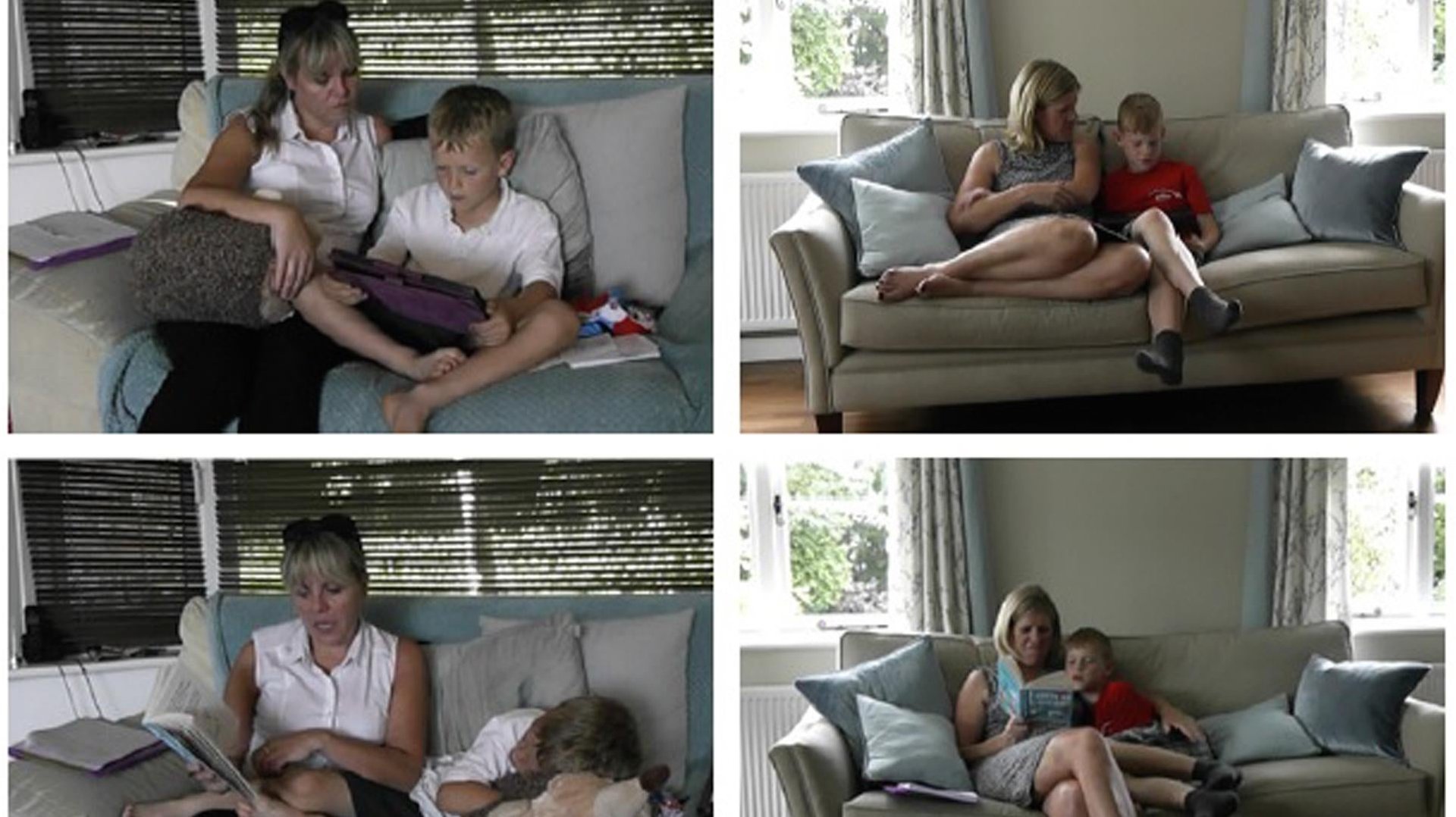Reading physical books to kids makes parents more affectionate
Science tells us that, when it comes to children’s cognitive development, reading on screens is just as effective as reading on paper. But the parent-child relationship benefits more from story time with a paper book than with a tablet, because the interaction is warmer and friendlier.


Science tells us that, when it comes to children’s cognitive development, reading on screens is just as effective as reading on paper. But the parent-child relationship benefits more from story time with a paper book than with a tablet, because the interaction is warmer and friendlier.
A study by University of Sussex psychologists in the UK, published in Frontiers in Psychology on Dec. 15, compared changes in cognitive, affective, and postural aspects of interaction during shared reading on screen and on paper. The researchers, Nicola Yull and Alex Martin, were interested in how technology impacts shared activities, which is known to influence children’s linguistic and literary abilities later in life.
Video observations of shared reading sessions of 24 sets of British mothers and their kids, ages seven to nine—sometimes with the child reading and at others with the mother reading—revealed that physical book sessions were more lively and loving than shared tablet reading. The researchers also tested for cognitive differences, such as retention, but found none.
The kids were tested on what they remembered from the texts after the reading sessions, and mother-child interactions were filmed for later observation. ”We found that the children’s memory for the descriptions and narratives showed no difference between the two media. But that’s not the whole story,” writes Yull in The Conversation. ”The interactions of parent and child were found to be different in the…video observation of the study. When they read from paper rather than a screen, there was a significant increase in the warmth of the parent/child interactions: more laughter, more smiling, more shows of affection.”
This difference apparently boiled down to physical positioning; children read from screens with their heads down, which makes it harder to get close. Although all of the mothers and children settled into somewhat varied positions, this posture for screen-reading kids was universal.
Yull explained how physical posture translates into more or less affectionate shared reading sessions, using the figure below. She wrote, “When children read from a screen they tended to hold the tablet in a ‘head-down’ posture typical of solo uses such as one-player games or surfing the internet (top left and top right).”

Analysis of the videotapes showed that the head-down position led mothers to curl around behind the child and ‘shoulder-surf’ rather than adopt the ‘curled up’ position common when reading a paper book (bottom right). When mothers read from paper, however, they held the books between themselves and the child, with the child very close, tucked in to facilitate visual sharing (bottom right) or in a relaxed posture for audio sharing (bottom left). The paper reading sessions suggested more warmth based on a visual analysis of the interactions, including laughter, smiles, and shows of affection.
Yull does not advocate for abandoning screen time, given the prevalence of mobile devices in children’s lives. The British communications regulator, Ofcom, last year released research showing that children’s screen use rises sharply from ages seven to 11.
She does, however, think that screens could be better designed to accommodate for group activity. “Books are just books, with a single typical use, but screens have many uses, and currently most of these uses are designed round a single user, even if that user is interacting with others remotely,” she wrote. E-book designers, for instance, could optimize story time on tablets for the friendly interactions cultivated by physical books.